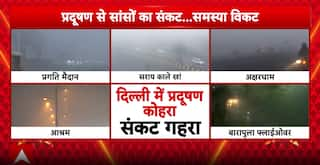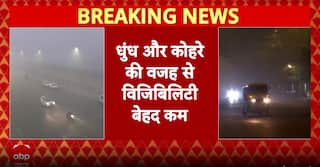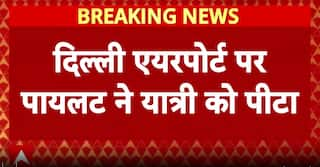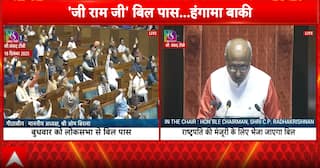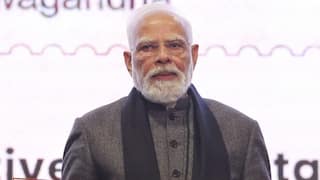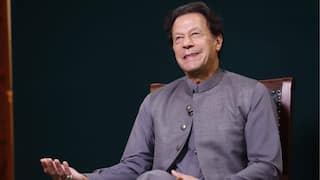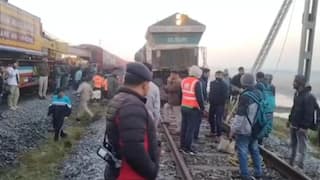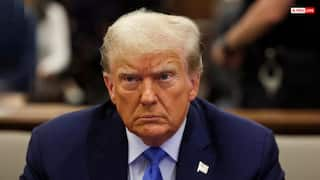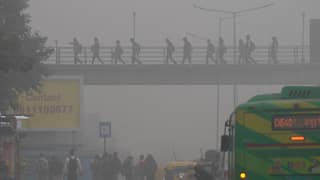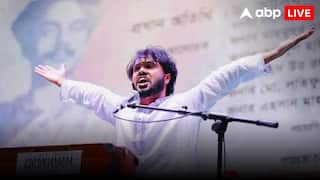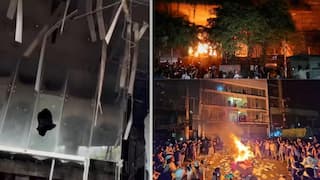Explorer
Ignored by all, school education declines in villages

Image: Representational/PTI
The recent Annual Status of Education Report (ASER) on basic learning of students in rural areas, is a grim reminder of the country's faulty education system. Like every year, the report has pointed towards a downward spiral in the quality of school learning in rural areas. The report termed the overall learning level among students as “pretty disappointing”.
While students in primary schools (grade one to grade five) fared well in terms of learning, there was a decline in the performance of students in upper primary schools (from grade six to grade eight). The state of affairs of the latter can be attributed to the poor education they received at the basic level.
As per report, there was a minuscule rise in the number of class three students who could read at least class one level text — from 40.2 per cent in 2014, it rose to 42.5 per cent in 2016. The children fared no better in arithmetic. The number of class three students who could do two-digit subtraction rose from 25.4 per cent in 2014, to 27.7 per cent in 2016. These are figures for both Government and private schools.
However, in the case of class eight students, the number of students who could read a class two text fell from 83.5 per cent to 74.7 per cent in 2014, to 73.1 per cent in 2016. In the case of arithmetic, 68.4 per cent of children in class eight could divide a three-digit number by a single-digit one in 2010. This collapsed to 44.2 per cent in 2014 and then further to 43.3 per cent in 2016.
A simple read of the report will reveal two things:
First, notwithstanding the very, very slow learning progress, what is apparent is that the ever-increasing gap of school enrolments in Government and private schools has been arrested to some extent. The same is the case for provisions of mid-day meal, teacher and toilet availability, infrastructure availability et al. For long, there had been a general misconception that private schools are far better than Government ones because they provide quality education, have better facilities. While there has been an increase in enrolment in Government schools (from 18.7 per cent in 2006 to 30.7 per cent in 2014), private school enrolments have maintained the same pace or may have perhaps seen a small decline.
Second, the Indian education policy is such that there is a vast disparity between 'volume versus quality'. The dismal data on learning outcomes of children comes as a surprise, given that there has been an enhanced spending on school education. Between 2006 and 2013, public expenditure on school education increased from 2.2 per cent to 2.68 per cent of GDP.
The must serve as a wake-up call for our policymakers, who have been blinded by the rosy picture of near-universal enrolment in elementary schools post the rollout of the Right of Children to Free and Compulsory Education (RTE) Act, 2009. In itself, the RTE was a milestone as it changed the educational landscape in the country. It made a shift from the ‘welfare’ approach to a ‘rights and entitlements’ approach. But its focus area has been limited to improving upon the inputs (infrastructure, teachers, facilities and schools) rather than on the output. Governments at the State level as well as at the Centre, must understand that improving amenities have to go hand-in-hand with commensurate learning levels of the children.
India's educational system faces twin challenges: One of quality and the other of quantity for both primary and higher education systems. Notwithstanding the disparity between learning outcomes and the nature of spending, the Government must make sure that the new education policy, which is on the anvil, adheres to a top-down approach to maintain a balance between the two.
Much of the work is underway. The Government is mulling over a slew of recommendations, submitted by a group of Secretaries, which suggested that English be made compulsory in all secondary schools and that there should be at least one English medium school in every block along with science education facility in a radius of five kilometres. The Chandrababu Naidu Government in Andhra Pradesh has already embarked on the process of moving municipal schools from Telugu to English medium.
Further, the Government is also doing away with the no-detention policy at the secondary school level. Crucially, the Union Government has also decided to include minimum levels of learning outcomes in the Central Rules of the RTE Act.
The present Government has opted for a make-a-shift approach from the previous regime's policy of hackneyed solutions like reservations and failed policies. Its thinking is commensurate with the scale of the challenge. The best bet for the Government is the upcoming overhaul of education policy. It must seize the moment. Instead of misplaced reforms, there must be long-term measures that address the problem at the grassroots level.
Disclaimer: The opinions, beliefs and views expressed by the various authors and forum participants on this website are personal and do not reflect the opinions, beliefs and views of ABP News Network Pvt Ltd.
Follow Blog News on ABP Live for more latest stories and trending topics. Watch breaking news and top headlines online on ABP News LIVE TV
View More








